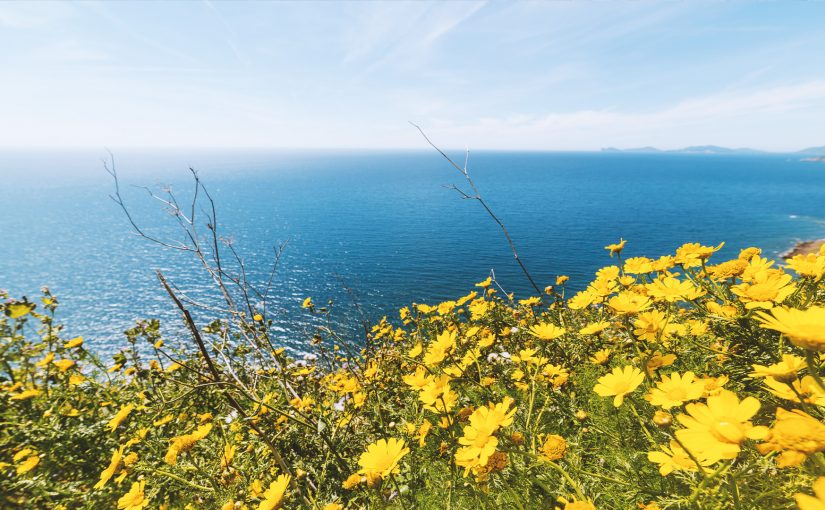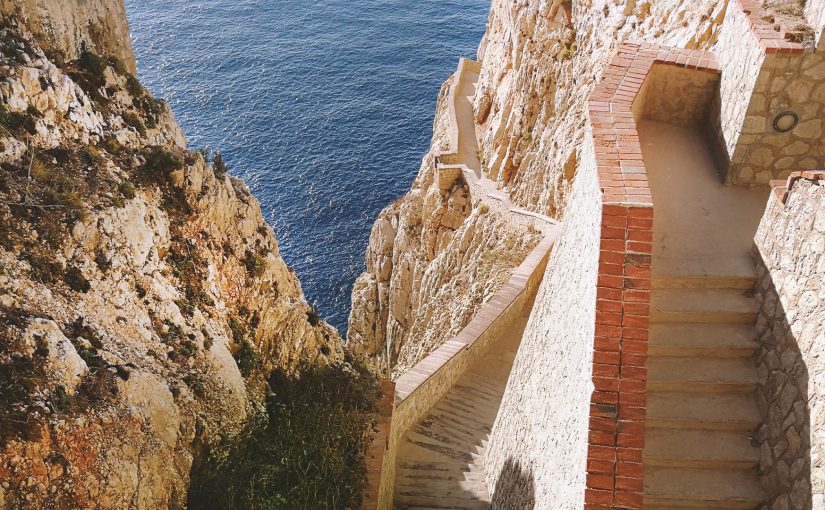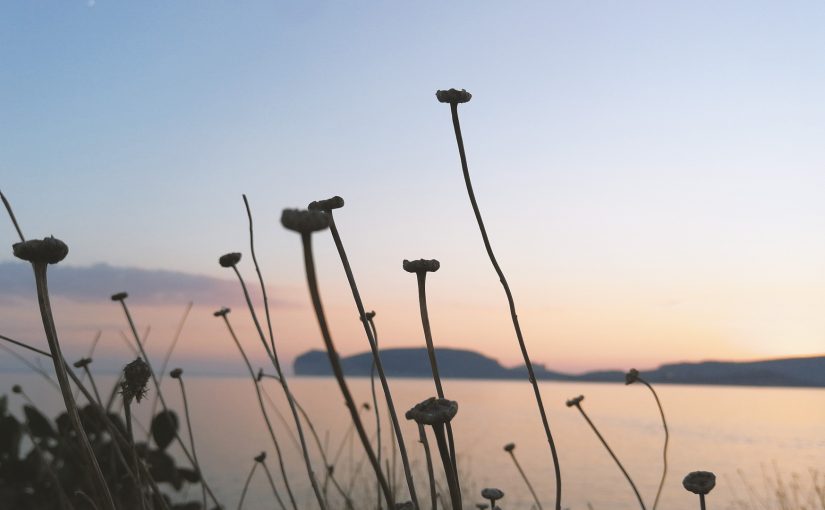Alghero
- Home
- Alghero
Visit Alghero
and the amazing
surroundings
Alghero, with a population of 42,000 inhabitants, is the fifth largest city in Sardinia. The town is considered a Catalan linguistic island where the ancient language of its medieval dominators has been preserved for more than six centuries. Nowadays, the variant of the oldest Catalan spoken in Alghero is recognized as a minority language and is receiving protection through teaching programs and official use in the town.
The Catalan-Aragonese domination, in addition to influencing the language, is visible in the architectural style of the historic center: from the buildings to the old walls, up to the churches and noble palaces. The old city is divided into three main areas:
Piazza Civica; the one that includes the cathedral of Santa Maria, via Carlo Alberto up to via Cavour; and the oldest between via Gilbert Ferret and via Roma.
Starting your walk from the ancient walls towards the sea you meet the towers and ramparts that will take you to the more recent promenade.
The history of Alghero dates back to six thousand years ago during the Neolithic and continues along the historical phases that involved the whole island.
The nuragic civilization has left traces in the Necropolis of Santu Pedru and Anghelu Ruju, the nuragic villages of Palmavera and Sant’Imbenia.
The Phoenicians, during the ninth century BC, had established one of the most profitable commercial ports right here; this was helped by the conformation of the coast and the presence of resources, especially freshwater streams.
Alghero preserves little evidence of the Roman period, such as the Roman villa of Sant’Imbenia, the sanctuary of the Purissima and the Roman bridge over the Calich pond. The year the city was founded is not historically certain. The clearest event dates back to 1102 by the Genoese Doria family who populated the town with a small group of Ligurians. From 1283 to 1284 it passed under the dominion of the Pisan Republic and then returned to the Genoese family. In 1354, after 4 months of siege, the Aragonese conquered the city inaugurating a dominion of four centuries: this event marks the beginning of the long Catalan history of Alghero.Only in 1720 Sardinia fell to the Savoy dominion.
In the following years many public works were carried out including the remodel of the walls,the development of olive tree cultivation and coral fishing.
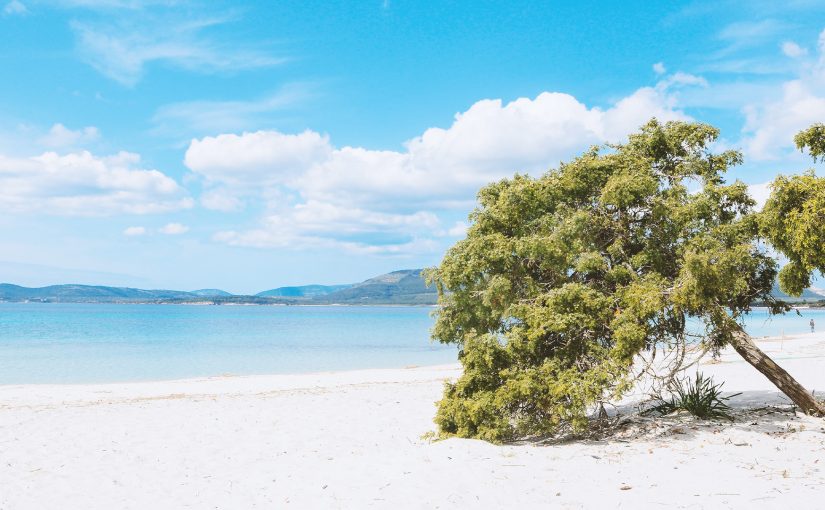
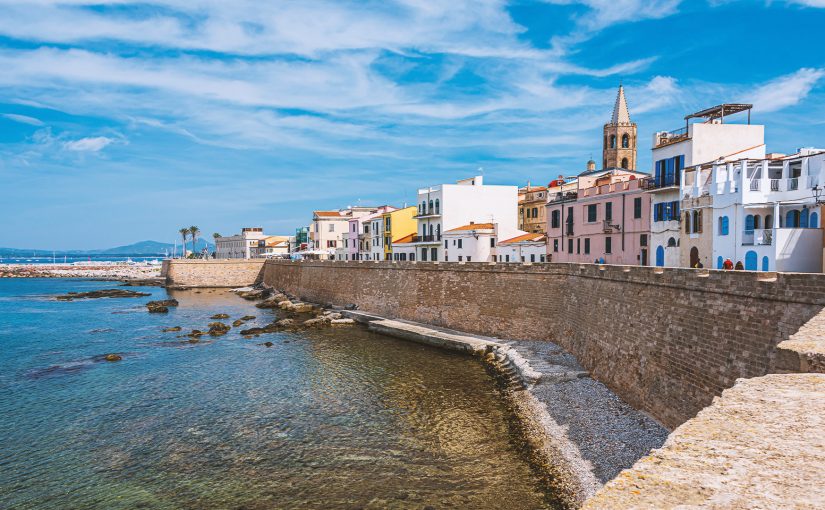
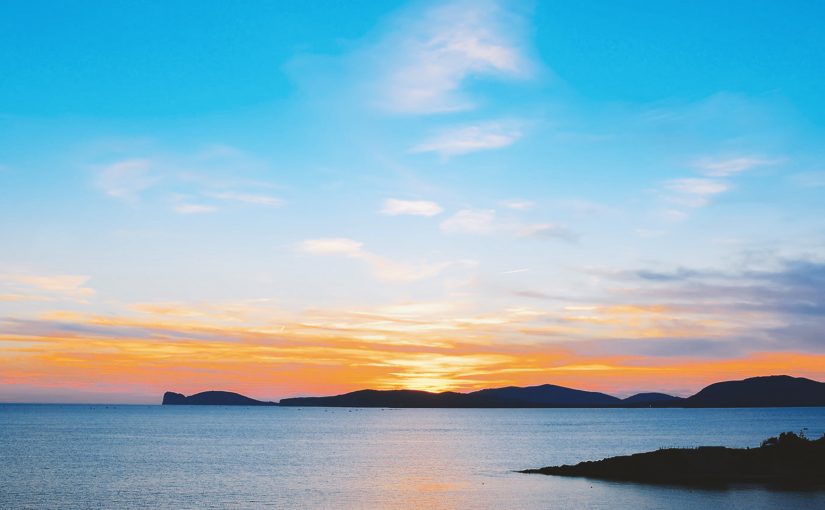
Food
& wine
Alghero’s food&wine culture combines the Sardinian tradition with the one of the sea. The products of a land warmed by the sun all year round, the meats raised by shepherds and all the fresh delights of the sea. The real protagonist of the table is the lobster, Alghero invented a famous recipe called Catalan :boiled and seasoned with oil, cherry tomatoes and onions!
Alghero is mainly known for its enchanting beaches, but this territory also produces excellent wine and olive oil, with native grapes and olive varieties that characterize the landscape for thousands of kilometers along the coast and surroundings of Alghero.
Some of the well-known producers: Sella & Mosca Estate and Santa Maria La Palma for wines; Accademia Olearia and San Giuliano for the oil of olive production; there are many of family-run wineries and oil mills that offer visits and tastings.
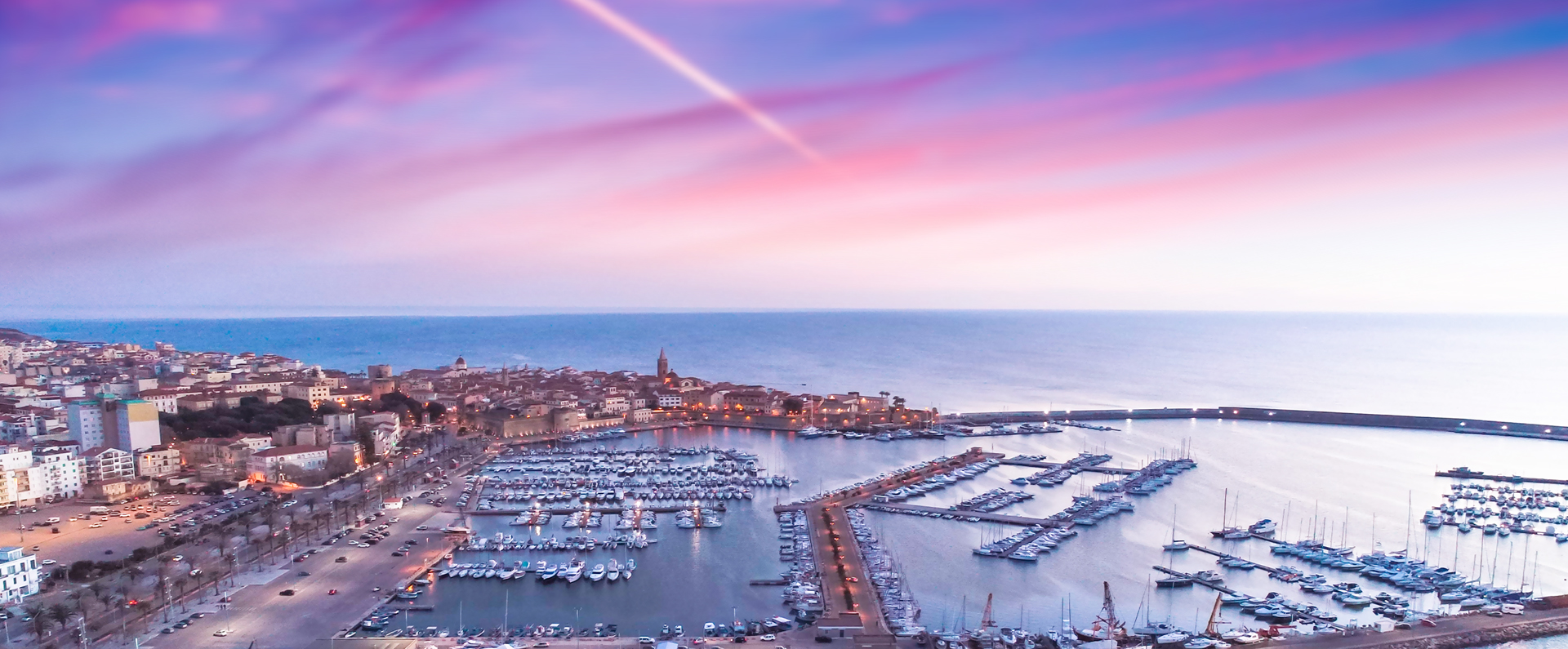
Alghero,
a peaceful
place
of relax
The coast of Alghero is extended for about 90 kilometers between white sandy beaches, small coves that goes up to the promontory of Capo Caccia, surrounded by the typical Mediterranean vegetation. The sea is populated by largest colony of red coral that inspired the name known by the world: Coral Riviera.
In the area of Capo Caccia, Isola Piana and the Gulf of Porto Conte develops the marine protected natural area.The particular geological conformation (karst origin) create an area very rich in caves and ravines, many of them still unexplored.
Another protected site where you should go trekking for some fun adventure is Arca di Noe located in the area of Tramariglio: the beautiful parc became the house of protected birds like the Griffon,Peregrine Falcon, the Cormorant and the Seagull, but also the Partridges , Deers ,the Giara horses and Wild Boars. This large area includes Monte Timidone, Punta Cristallo and the stunning Cala Inferno. Some recommended spots for snorkeling are Cala Dragunara, Punta Giglio, the two caves of the island of Foradada and Porto Conte, the largest natural harbor of the Mediterranean, where it is still possible to see some specimens of Nacchera (Pinna nobilis), protected by years against illegal fishing. For diving lovers one of the best area is called Grotta del Nereo (about 18 meters deep) which offers a wide variety of marine flora and fauna.
Events
Christmas markets, exhibitions, shows and entertainment for kids up to the big finale of the concert in the main square on New Year’s Eve.
Cap d’Any: Alghero celebrates the new year with a program of festivity starting on December 8th with the Immaculate Conception until January with the Epiphany.
The “Setmana Santa”, or “Holy Week” takes place before the arrival of Easter: from Holy Tuesday to Sunday the spiritual processions go through the streets of the city illuminated by red lanterns (“farols”), with the presence of religious groups coming from Catalonia and the rest of the island.
San Michele: It is a holiday during 6 days dedicated to the Saint Patron of Alghero. Sant Miquel is celebrated with shows, sports, concerts, exhibitions and Food&Wine festival in the historic heart of the center.
